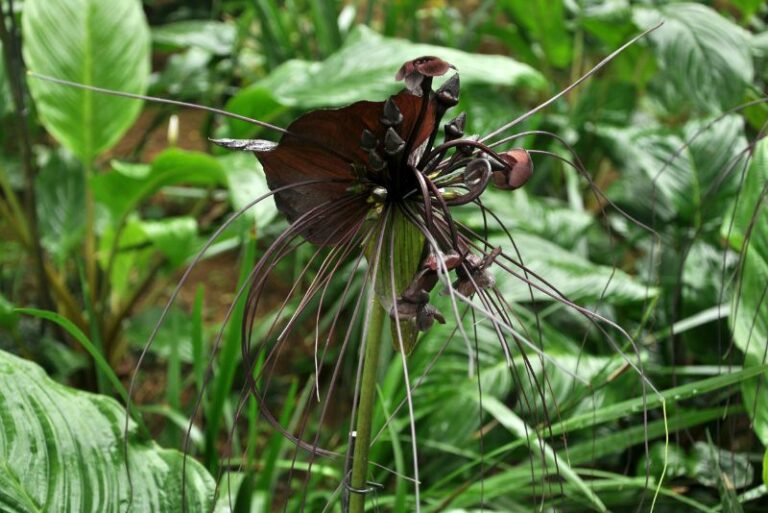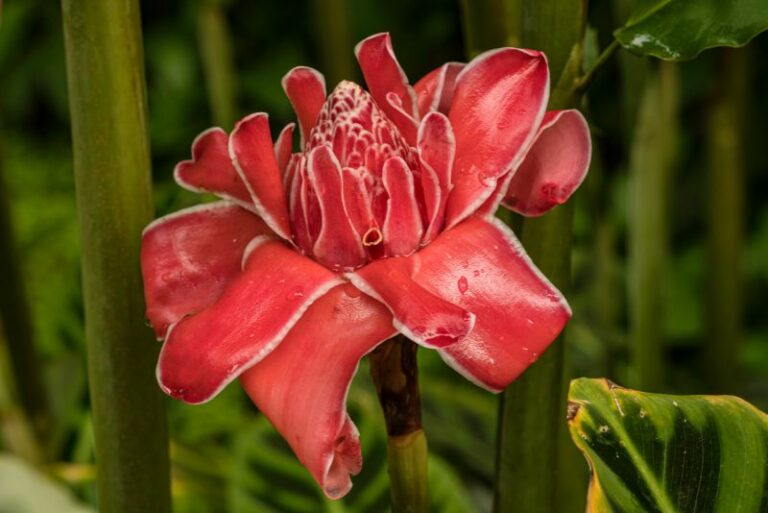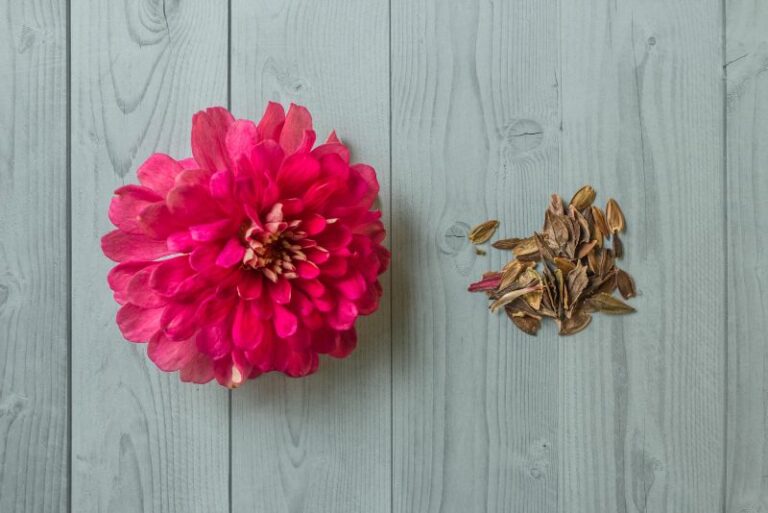Unlocking the Potential of Edible Nasturtiums: From Garden to Plate
Nasturtiums, those vibrant and hardy blooms, are more than just a pretty face in the garden. With their peppery flavor and a rainbow of bright colors, they’re a surefire way to add both taste and visual appeal to your culinary creations. In this comprehensive guide, we’ll dive into the world of edible nasturtiums, exploring how you can grow them, harness their unique flavors in the kitchen, and even discover the potential health benefits hiding in these unassuming petals.
Growing Nasturtiums

Before you can savor the delicious taste of nasturtiums, you need to nurture them from seed to full bloom.
Ideal Growing Conditions for Nasturtiums
Nasturtiums are wonderfully unfussy plants, but if you want them to perform at their best, aim for a sunny location with well-draining soil. Whether you’re starting them from a windowsill container or a spacious garden bed, they enjoy basking in sunlight for at least six hours a day. These hardy plants also don’t mind cooler weather, making them a great choice for gardens with shorter growing seasons.
Planting and Care Tips
Plant your nasturtium seeds directly into the soil after the last frost, or if you’re growing in a warmer climate, you can sow them in the late summer for a fall bloom. Their large seeds are easy to handle, making them a great starting point for novice gardeners. Water your nasturtiums regularly, but don’t worry too much about keeping the soil consistently moist; they can handle a bit of drought. Avoid over-fertilizing, which can lead to more foliage and fewer blooms.
Harvesting Techniques
Nasturtiums are an abundant harvest for minimal effort. Most varieties will begin blooming about 8 weeks after planting. To harvest, simply pinch the flower from the stem. If you’re looking to also capture the peppery taste of the leaves, they can be plucked as needed, but be mindful not to strip the plant bare, as it may slow down the bloom cycle.
Culinary Uses of Nasturtiums
Once you’ve harvested your nasturtiums, it’s time to explore the myriad of ways you can incorporate them into your cooking.
Creative Recipes Incorporating Nasturtiums
From salads to stir-fries, cakes to cocktails, nasturtiums can be used in sweet and savory dishes with equal aplomb. Their peppery kick is a delightful addition to cream cheese spreads, and the vibrant petals make for a show-stopping garnish. For a unique twist, try pickling the flower buds for a flavor burst that can jazz up any dish.
Nutritional Benefits and Flavor Profile
Beyond their stunning appearance and zesty flavor, nasturtiums are also rich in vitamin C and have been thought to have antibiotic properties. The leaves, blossoms, and seeds are edible and have a taste profile ranging from bitter to very peppery, which is a lot milder when younger.
Pairing Suggestions with Other Foods
Nasturtiums pair particularly well with rich, creamy, or slightly sweet foods that can balance out their spiciness. Think egg dishes, avocado-based recipes, and rich cheeses. They also add a pop of color and flavor to dark chocolate desserts and fruit salads. Their ability to complement a wide range of flavors makes them a versatile ingredient in any kitchen.
Health Benefits of Nasturtiums
While they’re often enjoyed purely for their culinary charm, nasturtiums do have several health benefits that shouldn’t be overlooked.
Nutrient Content and Antioxidants
Nasturtiums are a powerhouse of nutrients, including vitamin C, which is essential for immune health. They also contain significant amounts of lutein, a carotenoid that’s great for eye health, and even a bit of iron and manganese. Beyond vitamins and minerals, they’re also full of antioxidants that help protect your cells from damage.
Potential Medicinal Properties
In traditional medicine, nasturtiums have been used to treat a range of maladies, from colds to urinary tract infections. This is in part due to their high vitamin C content and an inherent compound called mustard oil, which lends the plant its peppery flavor and may also have antimicrobial properties. While this isn’t a call to self-medicate with nasturtiums, it does suggest there’s more to these flowers than meets the eye.
Conclusion
Nasturtiums are a treasure trove in the garden, the kitchen, and potentially for your health. Adding these flowering plants to your repertoire can infuse your meals with both bold flavor and bright color. If you’ve yet to introduce nasturtiums into your gardening and cooking routine, now is the time to embark on this delightful journey.
So, home gardeners, culinary enthusiasts, and organic foodies, it’s over to you. Sow some seeds, nurture those plants, and start experimenting with nasturtiums in your cooking. Whether you’re whipping up a gourmet meal or simply adding some flair to your summer salads, these blooms have the potential to elevate your dishes to new culinary heights.
The nasturtium is not just an edible flower; it’s a botanical palette primed for your artistic culinary expression. As you explore its potential, share your creations with the world. Let others know how these little powerhouses have flavored your life. And as always, remember that the journey to the plate starts with the tender care in the garden.
The world of edible nasturtiums awaits you. Are you ready to bloom with it?






